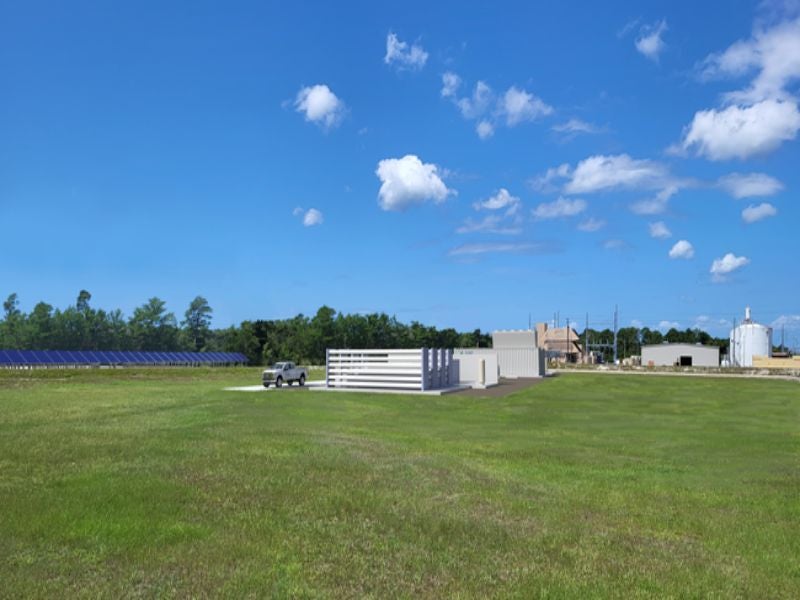
Duke Energy has unveiled its plans to commence construction in DeBary, Florida, on a pioneering project set to become the US’ first demonstration of generating clean energy through a comprehensive process of producing, storing, and burning 100% green hydrogen.
This groundbreaking system is the outcome of a collaborative effort between Duke Energy, Sargent and Lundy, and GE Vernova. It will be situated at Duke Energy Florida’s facility in DeBary, located in Volusia County, Florida.
Duke Energy Florida state president Melissa Seixas said: “Duke Energy is constantly evolving and seeking ways to provide clean, safe energy solutions to our customers.
“DeBary will be home to Duke Energy’s first green hydrogen production and storage system connected to existing solar for power generation, and we are grateful to the city for allowing this innovative technology in their community.”
This unique, end-to-end system will kick off with the pre-existing 74.5MW DeBary solar plant, which will supply clean energy to power two 1-MW electrolyser units. These units will effectively split water molecules into their constituent oxygen and hydrogen atoms.
The generated oxygen will be environmentally released, while the green hydrogen will be safely stored in nearby reinforced containers. When energy demand reaches its peak, the system will tap into the stored green hydrogen and feed it into a combustion turbine (CT). This CT will be upgraded with GE Vernova technology, enabling it to operate on a blend of natural gas and hydrogen or even 100% hydrogen. This marks a significant milestone as it will be the first combustion turbine in the nation to operate at such high hydrogen levels.
Readily available hydrogen serves as a dispatchable energy source, which means it can be accessed as needed. It can be easily turned on and off, without reliance on factors such as the time of day or weather conditions, unlike other renewable energy sources like solar and wind, which are considered intermittent.
This dispatchable energy characteristic adds a crucial element of reliability. It allows us to incorporate more intermittent energy sources into our energy mix while still ensuring we can meet customer demand, even during extended periods of high energy consumption.
The construction of the demonstration project in DeBary is scheduled to commence later this year and is expected to take approximately one year to reach completion. Duke Energy envisions that the entire system will be installed and operational by the year 2024.


